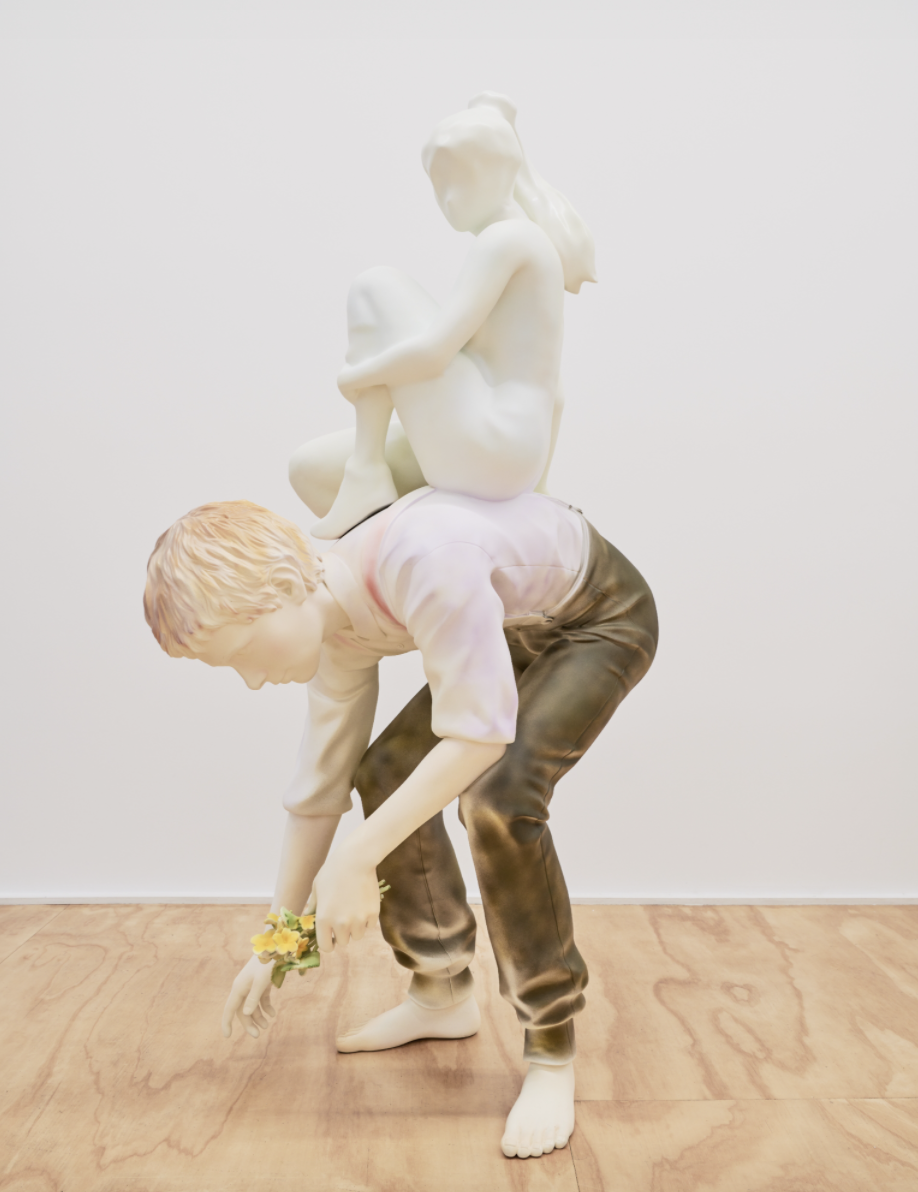
On view this month at Galerie Eva Presenhuber’s New York outpost artists Yves Scherer and Louisa Gagliardi present separate bodies of work unified by the gallery space, creating a subtle and enigmatic discourse on reality, perception and culture. Across a set of sculptures and paintings, the show is a striking meditation on the two artist’s work, and the unexpected but compelling linkages between them.
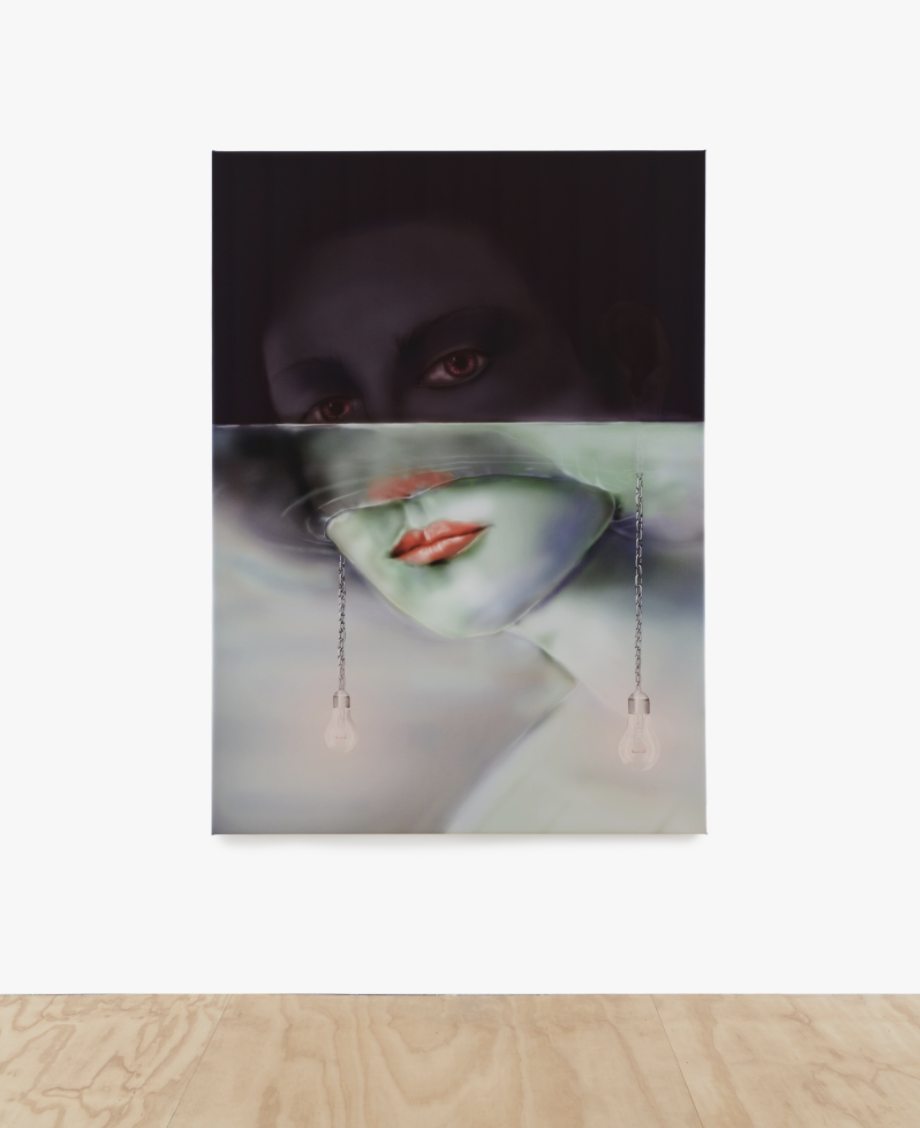
Gagliardi’s paintings exist as reflections: internally, of artist and viewer, and of the rapid acceleration of technology in our visualized and socialized worlds. Their liminal status, as both digitally rendered images and physically confronting objects, speaks as much to contemporary concerns of self-mediated personas as they do to the compositions and narratives of the classics of art history. Current directions in graphic design meet the unspoken codes of social media platforms, which are forced to confront and collaborate with a deep heritage and reinvention of the craft of painting. Creating moments of disruption and confusion, the works as both physical and printed matter, pushing the viewer into negotiations of craft and construction while still neededing to contend with the image and its own internal logic. Gagliardi’s oeuvre toys with expectations, fulfilling and subverting them simultaneously. When one views the work, ideas of authenticity and authorship are begged for and rebuffed; the smooth digital surfaces of the paintings blossom into echoes and refractions of their handworked surfaces as they are approached and circled.
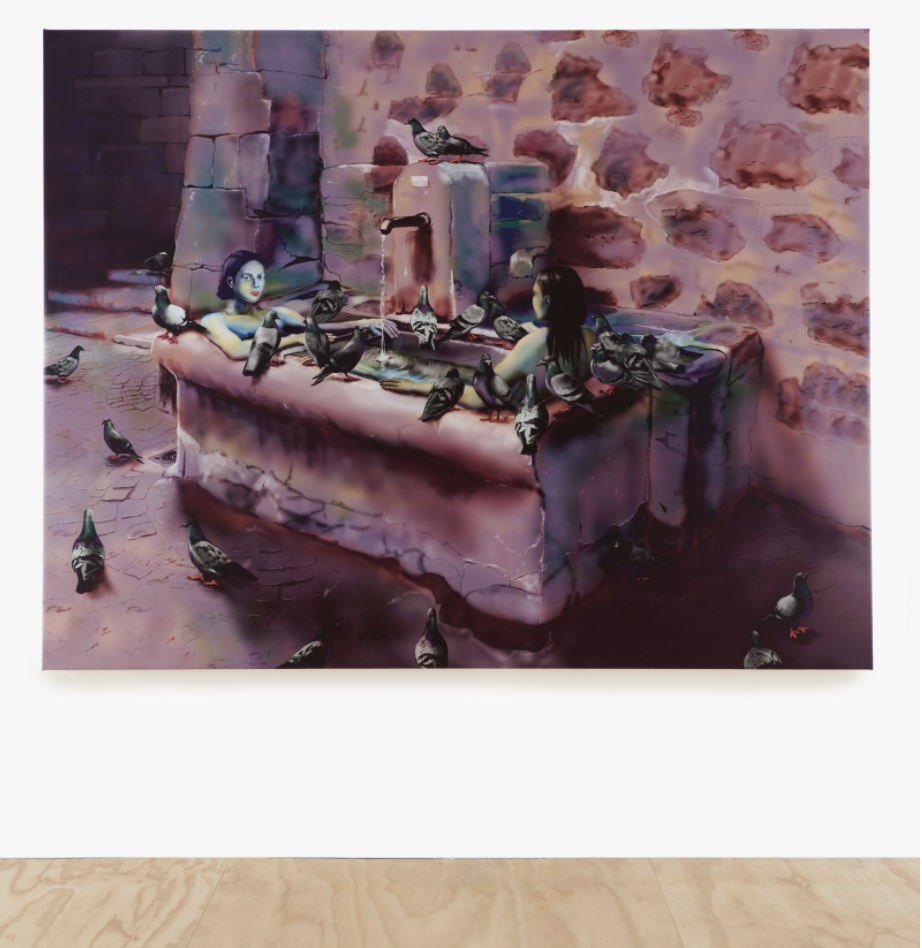
Gagliardi insists on the importance of the physical as consistently as she reaches back into the past for its motifs and themes, moments of drama that are indirectly repositioned in her contemporary mix. In a big way, this is work about portraiture and, therefore, exists at a line of the past meeting the total present. Her reinvention of this genre comes at a time when every camera on earth has made its amateur holder a professional at the presentation of self. These paintings adapt social mores to comment on the now while seemingly erasing individual and collective divisions. They are portraits of no one specifically and, therefore, are allowed to be of anyone the viewer imagines. Like avatars, they are empty vessels on which viewers place their own anecdotes, personal chronicles, dreams, and hang-ups.
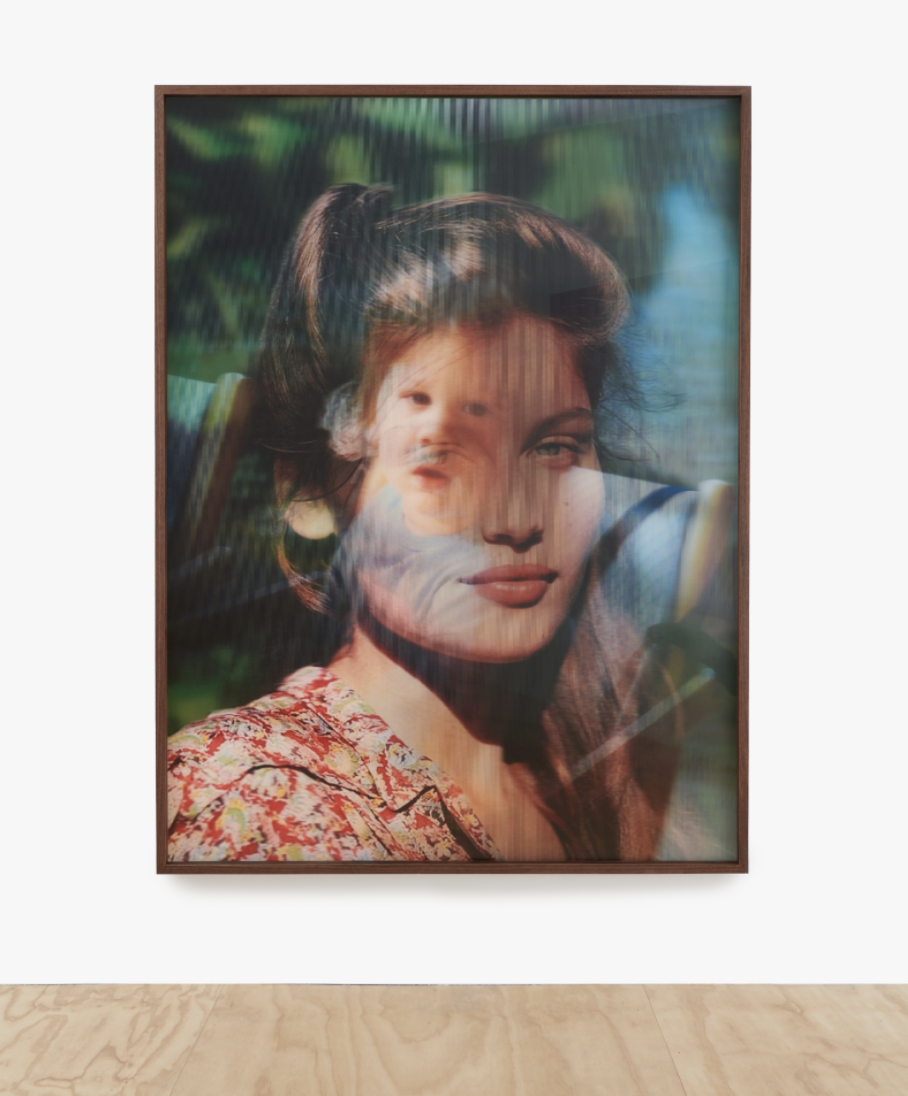
Similarly, Scherer confronts the integrity of existence, in a manner that originates in antiquity and continues into the now. In both sculptural form and his lenticular works, different realities are blurred to be presented as one. Complexity orbits simplicity, encapsulated by avid desire. Perception, both biological and cultural, is questioned and dismantled as viewers reevaluate notions of depiction itself. The work is grand in both scale and means, but intimate and almost whimsical when it comes to the feeling it evokes. Polychrome aluminum, 3D- lenticulars, stainless steel, and digital printing coexist as hosts to a gamut of subjects. They touch upon love and the spiritual, from sex to fantasy and from personal history to celebrity. The big themes are grounded and made more human, while those considered trivial reach towards the eternal.
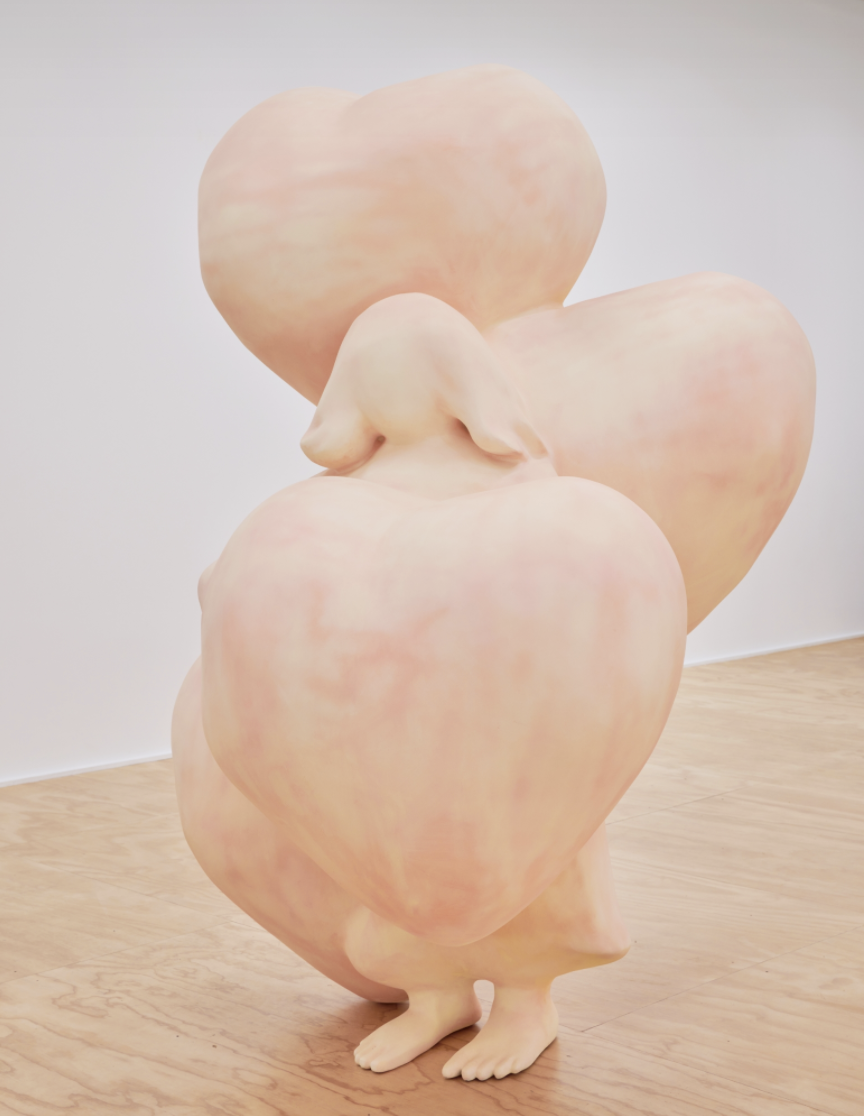
The representation of human form—in image and space—has been an ongoing quest of artists since the beginning. Scherer absorbs these traveled roads from tribal iconography to Meissen porcelain and Western contemporary art to create sculptures that are uncanny and transformative. Scherer combines simple gestures with labored and highly detailed models that he creates using a variety of different tools. From the immediacy of basic iPhone drag and drop apps to state of the art computer software and manufacturing processes, his art is enabled by the technology of today, yet touches upon the universal. What’s connecting the works presented here are the little love stories that each one tells. Realism is a means to an end and figures often exist outside their original scale or color. Nature is bent here to enable a wider range of emotion.
Deconstructing the fabric of perception in unique ways, the current exhibition at Eva Presenhuber creates a striking dialogue on the modern construction of the work, and its meaning. The show closes March 5th.
– J. Shine
Read more:
Louisa Gagliardi and Yves Scherer at Eva Presenhuber [Exhibition Site]



